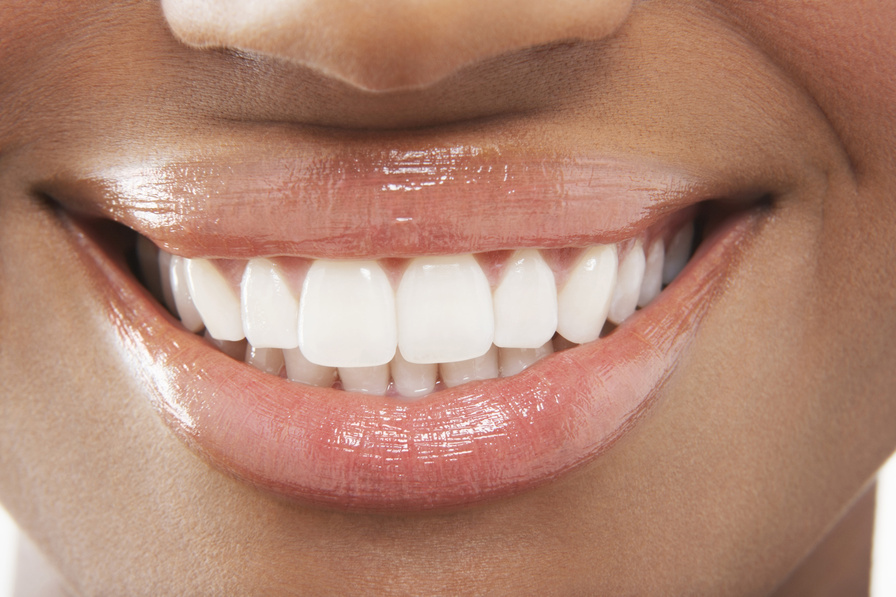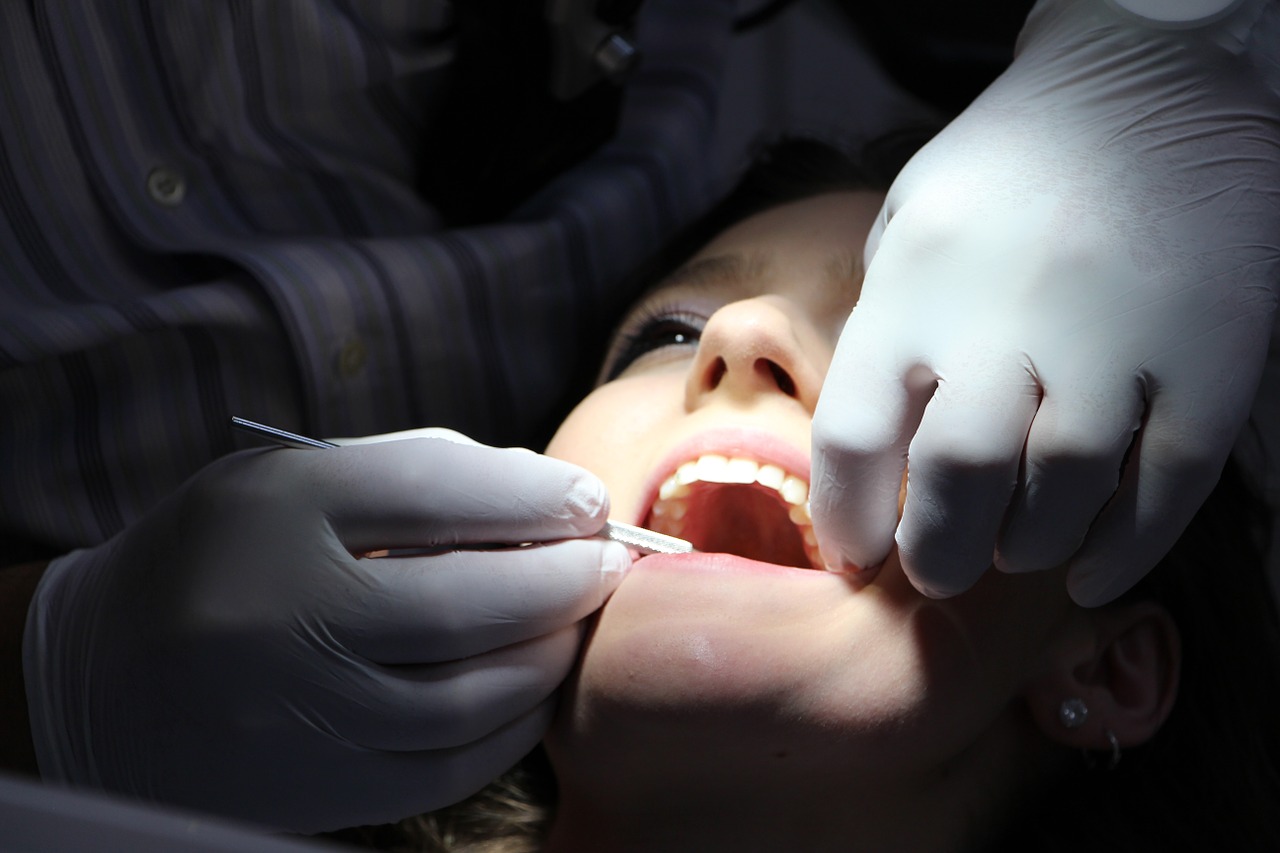[dropcap]T[/dropcap]here are several branches to the prowess of a dentist. There are some mostly concerning themselves with oral health, which refers strictly to identifying a problem and fixing it. On the other hand, we have the aesthetic side of oral medicine – cosmetic dentistry. The name in itself is a dead giveaway for the purpose of this branch. While oral health is all about changes that are necessary to the well-being of a person, cosmetic dentistry places a great emphasis on the choices made to improve the appearance of teeth and smiles.
It’s not surprising that it’s a field rapidly growing, especially with the evident proof that we have yet to escape mentality that appearance matters above everything else. Although some people may be tempted to think that cosmetic dentistry ends with teeth whitening procedures, there are plenty of other procedures which can lead to the same aftermath: a memorable and dazzling smile.
The Procedures of Cosmetic Dentistry
If you’re seeking to make your smile more brilliant-looking, any of the procedures below are going to aid you with this goal. However, depending on one case and another, there might be some specific improvements and modifications alongside. Depending on your desired goal, your necessities, and the nature of the procedure itself, you may choose one of several options. And since there are so many, you need to carefully consider them all, but we did select some of the best variants.
Bleaching
In other words, this is the most common form of teeth whitening, one which involves a chemical process based on the reactions of the substance we so commonly known as bleach. It’s strictly a cosmetic procedure, as essentially all those who turn towards this option do so because they either want to cover up stains and spots, or they simply want their teeth to be a shade (or several) lighter.
The main issue that bleaching solves, however, is discoloration, which is an affliction that can be the result of a set of factors. Most commonly, discoloration is caused by regular consumption of coffee, cigarettes, medication, or even tea. In other instances, it can even be hereditary.
Inlays and Onlays
It might be easier to refer to them as cosmetic dental fillings. They’re very similar to the procedure executed in the office of a dentist, as both of them are used to solve issues such as decaying and covering up general damage of the teeth. However, there are some essential differences, the biggest of which has to be the fact that inlays and onlays tend to last longer.
On another hand, the very process of applying the fillings differs. In the case of dental fillings, it all happens on the spot during a visit to the dentist’s office. Inlays and onlays are usually pre-made and crafted in a laboratory, to be afterward fitted during a visit to your dentist.
Dental Veneers
Either from porcelain or plastic, though the former ones are more resilient and worth it in the long run, dental veneers are like a glaze over teeth that helps solve a variety of issues. The problems can be aesthetic, such as discoloring, or more physical, in the sense that they can be of help to those dealing with crookedness or unevenness as well.
This treatment has a lot in common with bonding or crowns, both procedures executed for cosmetic dentistry. As far as the crown comparison goes, the main reason why one might opt for veneers is because they tend to be cheaper. Although the average cost of porcelain veneers is higher than the one for plastic veneers, they’re still under the pricing of crowns.
Bonding
Save for, perhaps, whitening by bleaching, bonding is one of the most common forms of cosmetic dentistry, though it does look like it’s slowly losing ground to alternatives. Bonding involves applying to the surface or the cavity of a tooth a composite material resembling enamel and dentin. In other words, it’s a material that grants a certain level of invisibility to the procedure because of its ability to blend naturally into the appearance of the tooth.
Bonding is used to fix a variety of issues, and the procedure itself tends to have some small alterations and modifications depending on the problem that needs fixing. It can be used to cover up decay, discoloring, or to even close gaps between teeth.
Whichever of the aforementioned procedures you may choose, the underlying fact remains: cosmetic dentistry is a wonder of the modern world. All things aside, it’s important to remember that your teeth are part of the art project that is you. Thus, taking better care not only of their health, but of their appearance as well, is an important step towards adding those finishing touches.
Ethel Huizar is a passionate health writer and a Master of Public Health, University of Colorado graduate. Ethel writes for Healthrow, one of the up and coming health blogs, a blog dedicated to bring relevant news from the health industry.








